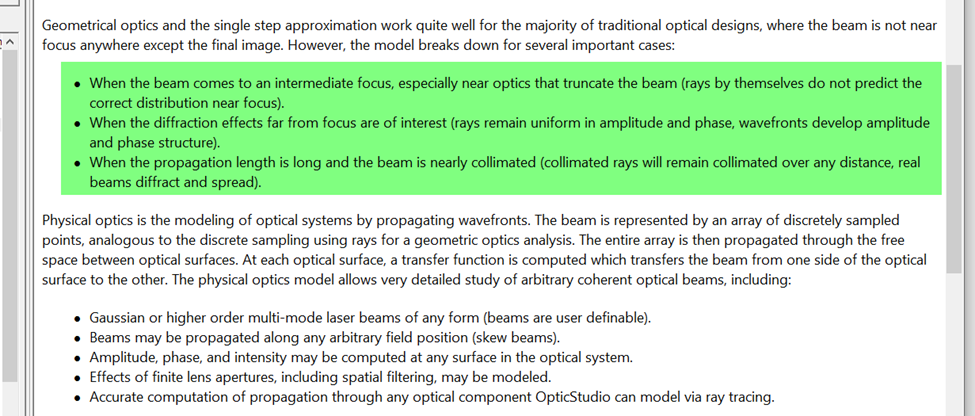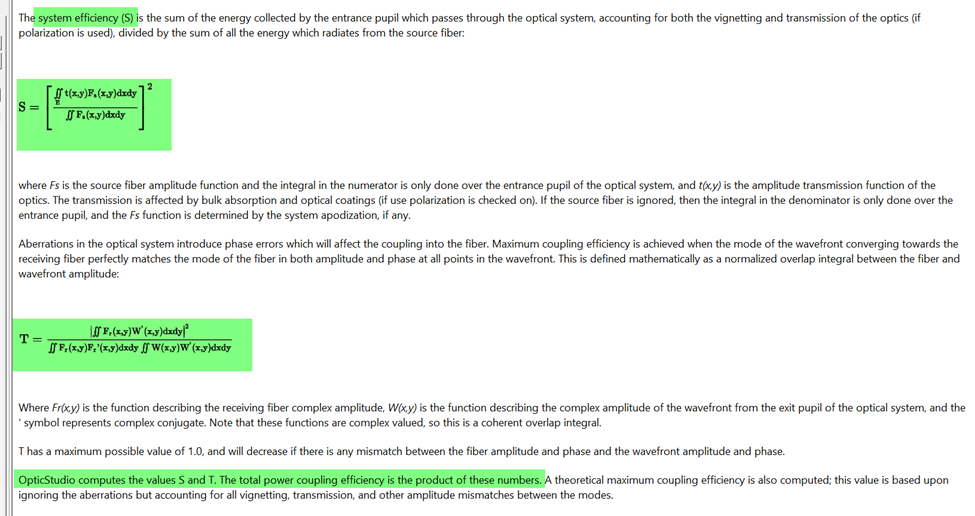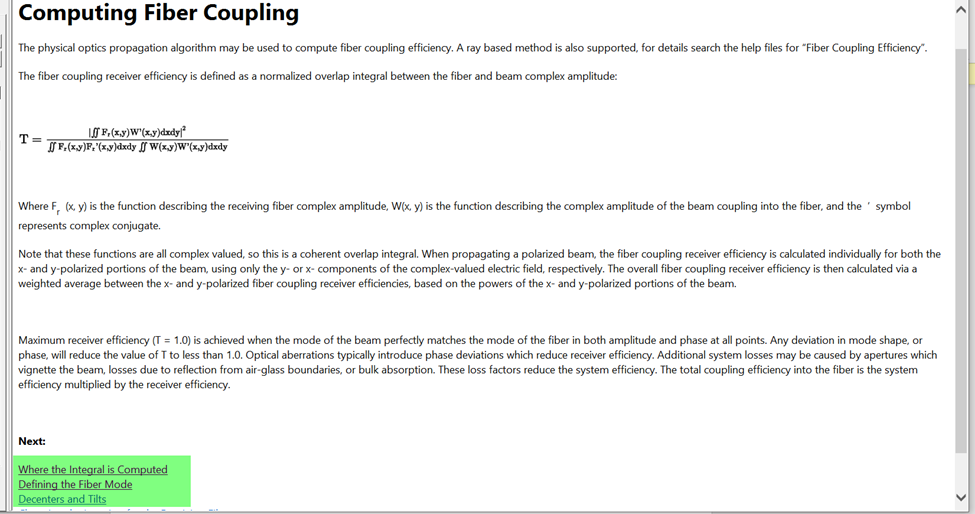Join us for our monthly “Ask an Engineer” event! On February 17th at 8am PST, Hui Chen will be answering your questions about modeling fiber coupling in OpticStudio. This event will be hosted on this thread in text form with a focus on the spotlighted topic…
Topic: Modeling Fiber Coupling in OpticStudio
Dates: February 3rd - February 17th
Live Discussion Time: 8am - 9am PST, February 17th
Engineer:
Submit your questions for Hui as a reply to this thread between now and the end of the event. Questions added to the discussion will be answered starting at 8am Pacific on February 17th. Once the event is concluded, the thread will be closed.
If your question pertains to a particular file, the question may be moved to a private support case. In that situation, your license support status will be considered.
Do you have a topic you want to see during these events? Let us know here: Ask an Engineer proposed topics.







